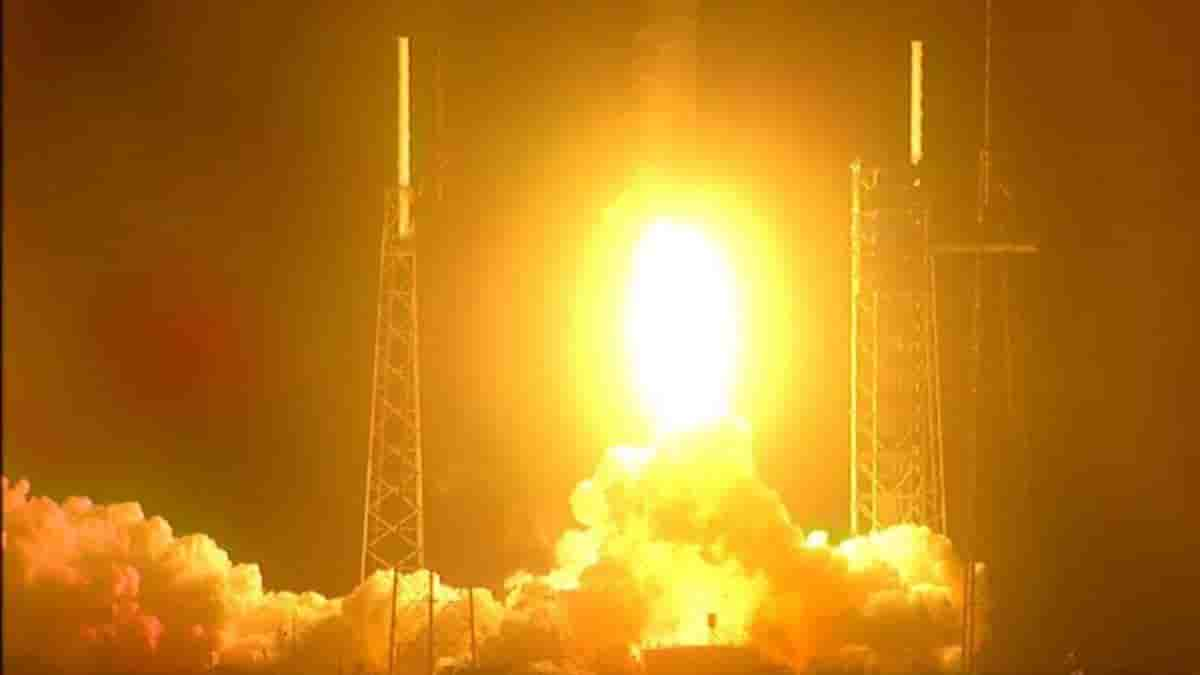NASA PACE mission successfully enters orbit after delays on its first launch plan

NASA’s much-awaited climate mission to study the ocean and the atmosphere of Earth has now successfully launched into orbit at 1:33 a.m. EST on Thursday, 8 February 2024. The PACE mission was launched aboard a SpaceX Falcon 9 rocket from Space Launch Complex 40 at Cape Canaveral Space Force Station in Florida.
NASA recently took to the social media platform X and confirmed the successful launch.
Today we put the PACE in space! The newest @NASAEarth observing satellite launched on Feb. 8 at 1:33am ET (0633 UTC).
It will study ocean health, air quality and climate change: https://t.co/M1fpG96JVX pic.twitter.com/BGtWhAZKAq
— NASA (@NASA) February 8, 2024
The mission was earlier supposed to launch on February 7, 2024. However, NASA canceled the 7 February launch due to ground winds creating hindrances in prelaunch checkouts.
The PACE mission stands for Plankton, Aerosol, Climate, ocean Ecosystem Satellite. It will carry out studies on aspects like ocean health, air quality, and climate change. It will study the impact that the microscopic life in water and particles in the air has on the Earth.
Measurement of oceans and other waterbodies will be carried out with the use of the satellite’s hyperspectral ocean colour instrument. The spectrum of ultraviolet, visible, and near-infrared light will be used for this purpose.
With the PACE satellite being active scientists and researchers will be now able to track the distribution of phytoplankton and identify which communities of these organisms are present on daily, global scales.
Additionally, the spacecraft is carrying two polarimeter instruments. These are the Hyper-Angular Rainbow Polarimeter #2 and the Spectro-polarimeter for Planetary Exploration. Detection of how sunlight interacts with particles in the atmosphere will be carried out by these polarimeter instruments.
Know more about the PACE mission here.


